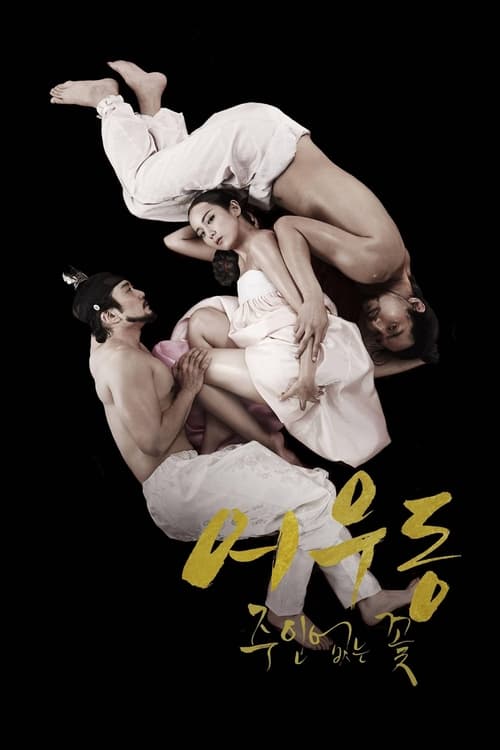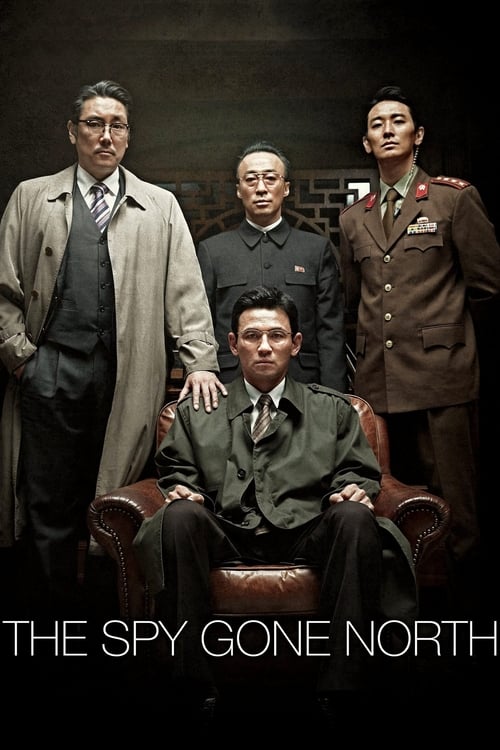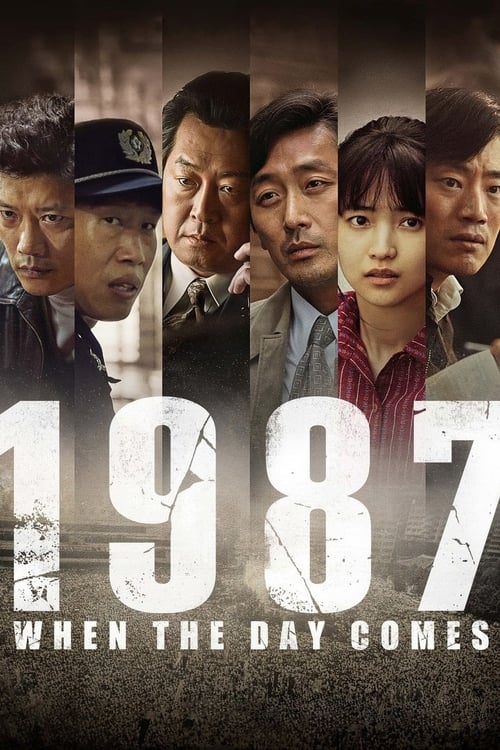
Ask Your Own Question
What is the plot?
More Movies Like This
Browse All Movies →What is the ending?
In the ending of "Crimson Moon," the protagonist, a young woman named Sarah, confronts the dark forces that have been haunting her family. After a series of intense confrontations, she ultimately sacrifices herself to save her loved ones, leading to a climactic showdown with the antagonist, who is revealed to be a powerful vampire. The film concludes with a bittersweet resolution, as Sarah's sacrifice brings peace to her family, but at the cost of her own life.
As the final act unfolds, the atmosphere is thick with tension. The moon hangs low in the sky, casting an eerie crimson glow over the landscape. Sarah, having gathered her courage, steps into the abandoned mansion where the vampire has made his lair. The air is heavy with the scent of decay, and shadows dance along the walls, whispering secrets of the past.
Scene 1: Sarah enters the mansion, her heart pounding in her chest. She clutches a silver cross, a symbol of her determination and faith. The walls are lined with portraits of the vampire's victims, their eyes seeming to follow her every move. As she ventures deeper, she recalls the stories her grandmother told her about the vampire's curse, fueling her resolve to end the terror that has plagued her family for generations.
Scene 2: In the heart of the mansion, Sarah confronts the vampire, a tall figure cloaked in darkness. His eyes glint with malice, and he taunts her, revealing the pain he has inflicted on her family. Sarah's fear is palpable, but she stands her ground, her voice steady as she declares her intent to end his reign of terror. The vampire laughs, underestimating her strength, and a fierce battle ensues.
Scene 3: The fight is brutal, with Sarah using every ounce of her strength and cunning. She dodges his attacks, her movements fueled by desperation and love for her family. As the struggle intensifies, she realizes that brute force alone will not defeat him. In a moment of clarity, she remembers the stories of her ancestors who faced similar darkness. Drawing on their strength, she finds a hidden weapon--a stake made from the wood of a sacred tree.
Scene 4: With renewed determination, Sarah confronts the vampire once more. The stakes are higher than ever, and she knows that this battle is not just for her life, but for the souls of her family. In a climactic moment, she plunges the stake into the vampire's heart. The room fills with a blinding light, and the vampire lets out a blood-curdling scream as he disintegrates into ash, his curse finally broken.
Scene 5: As the dust settles, Sarah collapses to the ground, exhausted but victorious. However, the toll of the battle weighs heavily on her. She feels a strange warmth enveloping her, and in her final moments, she sees visions of her family--smiling, free from the shadows that once haunted them. With a serene expression, she whispers her goodbyes, knowing that her sacrifice has brought them peace.
Scene 6: The film concludes with a poignant scene of Sarah's family gathered at her grave, mourning her loss but also celebrating her bravery. They place flowers on her tombstone, and as they stand together, the crimson moon rises in the sky, symbolizing both the end of their suffering and the enduring legacy of Sarah's courage. Each family member reflects on how her sacrifice has changed their lives, instilling a sense of hope and resilience in the face of darkness.
In the end, Sarah's fate is one of tragic heroism, as she becomes a symbol of strength and love, while the vampire's demise signifies the triumph of light over darkness. The film closes on a note of bittersweet resolution, leaving the audience to ponder the sacrifices made for the ones we love.
Is there a post-credit scene?
In the movie "Crimson Moon" (2015), there is indeed a post-credit scene that adds an intriguing layer to the story. After the credits roll, the screen fades back in to reveal a dimly lit forest, shrouded in mist. The atmosphere is thick with tension, and the sounds of rustling leaves and distant howls create an eerie ambiance.
The camera slowly pans through the trees, revealing a figure cloaked in shadows. As the figure steps into a small clearing, the moonlight illuminates their face, revealing a character who had been presumed dead earlier in the film. This character, with a haunting expression, looks directly into the camera, their eyes filled with a mix of vengeance and determination.
In this moment, the character speaks a single line, hinting at a return and a quest for retribution against those who wronged them. The scene ends with a chilling laugh echoing through the forest, leaving the audience with a sense of foreboding and the implication that the story is far from over. This post-credit scene effectively sets the stage for potential future developments, teasing a deeper exploration of the themes of revenge and the supernatural that permeate the film.
What is the significance of the crimson moon in the story?
The crimson moon serves as a pivotal symbol in the film, representing the awakening of ancient powers and the impending conflict between the characters. It is during this lunar event that the protagonist, a young woman named Lila, discovers her latent abilities and the truth about her family's dark past.
How does Lila's relationship with her mentor, Marcus, evolve throughout the film?
Lila's relationship with Marcus begins as one of admiration and guidance, as he introduces her to the world of magic and her heritage. However, as the story progresses, Lila grows more independent and begins to question Marcus's motives, leading to tension and a dramatic confrontation that tests their bond.
What role does the antagonist, Selene, play in Lila's journey?
Selene, the antagonist, is a powerful sorceress who seeks to harness the energy of the crimson moon for her own nefarious purposes. Her relentless pursuit of Lila adds urgency to the plot, as Selene represents the darker aspects of power and ambition that Lila must confront and overcome.
What challenges does Lila face in her quest to control her powers?
Throughout the film, Lila faces numerous challenges, including mastering her magical abilities, dealing with the fear and skepticism of those around her, and confronting her own insecurities. Each challenge forces her to grow stronger and more confident, ultimately shaping her into a formidable force against Selene.
How does the setting of the small town influence the characters and plot?
The small town setting is integral to the story, as it creates a close-knit community where secrets and histories are deeply intertwined. The town's eerie atmosphere and its connection to the supernatural elements of the crimson moon heighten the tension and sense of isolation that Lila experiences, influencing her decisions and relationships with other characters.
Is this family friendly?
"Crimson Moon," produced in 2015, is not considered family-friendly due to its mature themes and content. Here are some potentially objectionable or upsetting aspects that may affect children or sensitive viewers:
-
Violence: The film contains scenes of physical confrontations and bloodshed, which may be disturbing to younger audiences.
-
Supernatural Elements: The presence of dark supernatural themes, including curses and transformations, may be frightening for children.
-
Emotional Turmoil: Characters experience intense emotional struggles, including fear, despair, and betrayal, which could be upsetting for sensitive viewers.
-
Mature Themes: The narrative explores themes of loss, revenge, and moral ambiguity, which may not be suitable for younger audiences.
-
Tension and Suspense: The film builds a sense of dread and suspense that could be anxiety-inducing for some viewers.
These elements contribute to a tone that is more appropriate for mature audiences rather than children.




















